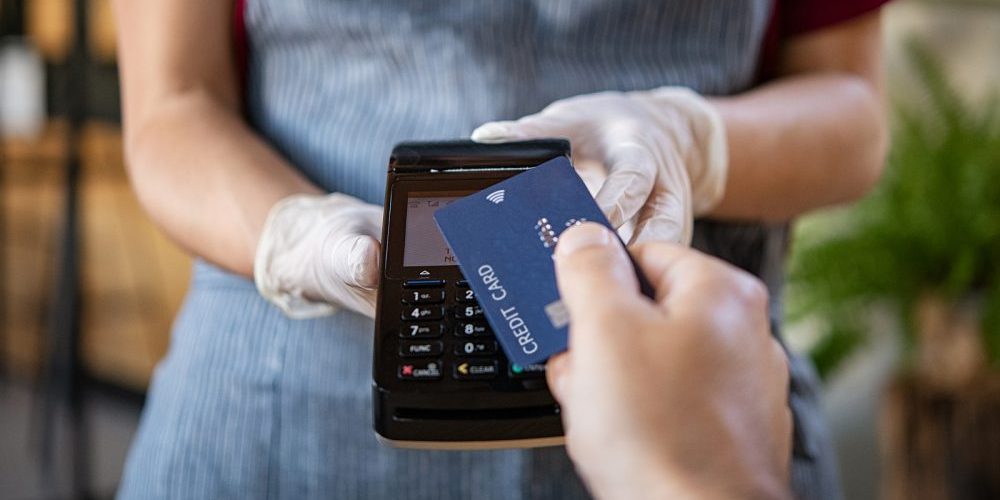Swipe, dip, tap: Contactless offers a new way to pay
The pandemic has changed the way Americans use cards. That behavior might never be the same.

Credit and debit cards have long been a popular payment method in the United States. In 2016, card purchases in the United States represented 56% of all transactions. Yet cultural, operational, and behavioral factors all have contributed to slow adoption of contactless payments by American consumers. In 2016, contactless payments accounted for only 0.4% of all payments. By contrast, in China, where card purchases represented 6% of all transactions, 16% were contactless.
The technology for contactless cards hit the market in the mid-1990s, with Seoul, South Korea, employing it for ticketing and transit means. Major cities across the globe adopted it for their own transportation systems throughout the late 90s and early aughts. In the mid-2000s, VISA, American Express, and MasterCard transitioned the technology into the payments space with contactless debit and credit cards.
Big tech companies entered the mobile payment and digital wallet space in the mid-2010s. Apple launched Apple Pay and rolled out the iPhone 6, the first phone that included contactless payment integration, in the fall of 2014. Samsung and Android followed suit with Samsung Pay in August 2015 and Google Pay (then-Android Pay) in September 2015.
continue reading »
